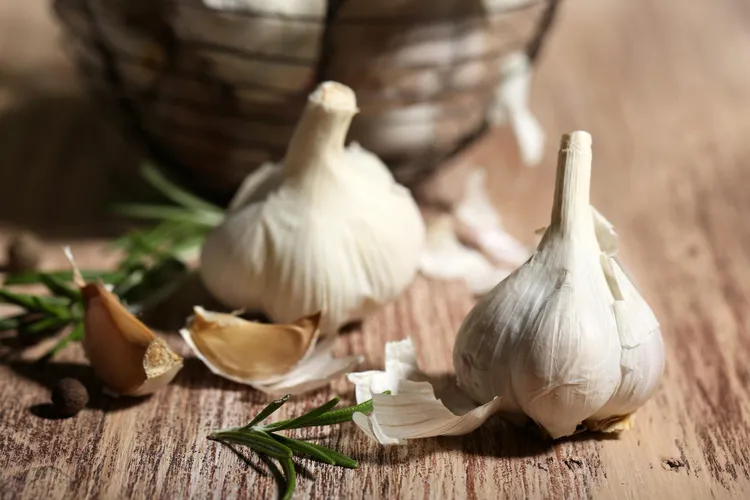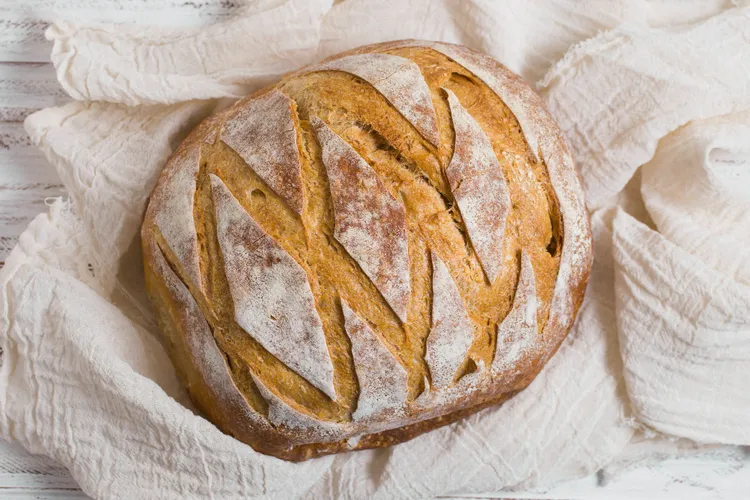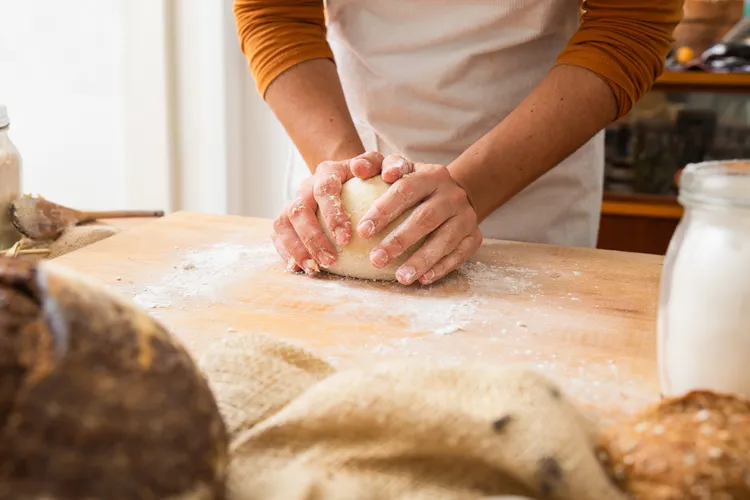How to Use Aromatics to Create Deep, Rich Flavors
If you’ve ever wondered why restaurant soups taste more complex, why a simple curry feels layered and cozy, or why your favorite takeout stir-fry has that haunting depth you can’t quite recreate at home, the answer is almost always the same: aromatics.

Aromatics are those humble ingredients - like onions, garlic, ginger, celery, carrots, herbs, and spices - that you usually chop at the beginning of a recipe and throw into a pan with a bit of oil. They rarely take center stage, but they quietly build the foundation of flavor that separates “pretty good” from “oh wow, what did you do to this?” Learning how to use aromatics properly is one of the most powerful skills you can develop in the kitchen, especially if you want deep, rich flavors without relying on heavy sauces, tons of salt, or processed ingredients.
At its core, using aromatics is about three things: what you choose, how you treat them, and when you add them. Once you understand that, you can make almost any dish - soups, stir-fries, sauces, grains, even roasted vegetables - taste more complex, comforting, and satisfying.
Let’s start by understanding what aromatics actually are. In many cuisines, they come in familiar combinations that form what we might call “flavor bases.” In French cooking, it’s mirepoix: onion, carrot, and celery. In Italian cuisine, you’ll see soffritto: onion, carrot, celery, often with garlic. In Cajun and Creole food, there’s the “holy trinity”: onion, celery, and bell pepper. In Chinese dishes, you’ll often find ginger, garlic, and scallions. In Indian cooking, onion, garlic, ginger, and green chilies form a base for countless dishes. Each trio or blend creates a different aromatic personality, but they all do the same job: they anchor the dish with savory, rounded, full-bodied flavor.
The magic begins in the pan, and the first choice you make is your cooking fat. Oil or butter doesn’t just prevent food from sticking - it extracts and carries flavor. Olive oil brings a fruity, peppery note that’s wonderful with Mediterranean aromatics like garlic, onion, and rosemary. Ghee or clarified butter adds a nutty richness that pairs beautifully with Indian spices like cumin and coriander. Neutral oils like avocado or grapeseed let strong aromatics like garlic, ginger, and chili shine without adding their own assertive taste. The key is to gently heat your fat first, so it’s warm but not smoking, and then add your aromatics so they can slowly release their oils and fragrance instead of burning on contact.
From there, the key technique is something that doesn’t sound glamorous at all: patience. So many people rush this stage. They toss in onions and garlic, crank the heat, stir once or twice, and move on. But this is where the deepest flavors are built. Onions thrown into a hot pan and barely softened taste sharp and aggressive. Onions cooked slowly over medium or medium-low heat, allowed to soften, turn translucent, and then gradually take on a little color become sweet, mellow, and complex. The difference in flavor is like comparing a raw radish to roasted cauliflower.
If you want gentle, subtle flavor, you “sweat” your aromatics: cook them slowly in fat with a pinch of salt, just until soft and translucent, not browned. This works beautifully for delicate soups, risottos, or dishes where you want a clean, light flavor profile. If you want deeper, richer flavor, you let the aromatics go further - into light golden, then deeper brown. This light browning (not burning) is where natural sugars caramelize and savory compounds develop. Onions, leeks, carrots, and even garlic become sweeter and more complex when given time and medium heat. Think of a French onion soup - that deep, mahogany sweetness comes from onions cooked low and slow, not from any fancy secret ingredient.
Garlic is a special case because it’s small and burns easily. Burnt garlic goes from heavenly to bitter very fast. The trick is simple: either add garlic after your onions have already softened a bit, or keep the heat moderate and stir often. You want the garlic to turn fragrant and maybe just barely golden at the edges, not dark brown. In some cuisines, like Indian or Middle Eastern, garlic is added to hot oil or ghee with whole spices to quickly bloom its flavor and then diluted with tomatoes, yogurt, or liquid before it can burn. Once you get a feel for its “sweet spot,” you’ll never again fear using garlic generously.
Ginger, like garlic, is powerful and aromatic. It brings heat, citrusy brightness, and warmth. When you grate or mince fresh ginger and sauté it with garlic in a bit of oil, you get that familiar background you taste in many Asian dishes. If you add ginger early and cook it a bit longer, its flavor becomes softer and more rounded; added later, toward the end, it keeps more of its sharp, fresh punch. You can use that timing to your advantage depending on whether you want a gentle warmth or a bold hit of spice.
Aromatics also live in your spice cabinet. Whole spices like cumin seeds, coriander seeds, mustard seeds, and fennel seeds, as well as ground spices like paprika, turmeric, chili powder, and curry blends, are all aromatics too. One of the most important techniques for extracting the most from them is called “blooming.” Instead of just sprinkling spices into a pot of liquid and hoping for the best, you add them to warm oil at the beginning of cooking, after your onions or garlic have softened. The hot fat dissolves and carries the fat-soluble aromatic compounds, making your spices taste fuller, deeper, and more alive. You’ll see this in Indian tadka, in many Middle Eastern dishes, and even in a good chili or stew - blooming spices in oil or with aromatics will always taste better than tossing them in at the very end.
Fresh herbs stand at the intersection of aromatics and finishing touches. They bring brightness, color, and a sense of freshness to rich dishes. But timing matters here too. Hardy herbs like rosemary, thyme, bay leaves, and sage can withstand long cooking times and happily simmer in soups, stews, braises, or sauces, infusing them slowly. Delicate herbs like basil, parsley, cilantro, dill, and chives are best added near the end of cooking or sprinkled on top just before serving, so their bright, green flavors and aromas aren’t lost to the heat. A simple vegetable soup, for example, can go from “fine” to vibrant with nothing more than a handful of chopped parsley or basil stirred in off the heat.
Using aromatics well also means thinking in layers, not just one moment of flavor at the beginning. You might start with a base of onion, garlic, and carrots softened in oil, then add thyme to gently infuse the broth, then finish with lemon zest and fresh parsley for a bright top note. That’s three layers of aromatics - foundation, mid-note, and finish - working together. In a stir-fry, you might bloom garlic and ginger in oil, toss in scallions during cooking, and then finish with fresh cilantro and a squeeze of lime. The result is a dish that feels multi-dimensional, even though it’s made from simple ingredients.
From a nutrition perspective, aromatics are deeply underrated. Onions, garlic, leeks, and shallots are rich in compounds that may support immune health and digestion. Ginger has been used traditionally for nausea and inflammation. Herbs and spices often contain antioxidants and plant compounds that support overall wellness. When you use aromatics generously, you increase flavor and add subtle nutritional benefits without extra sugar or excessive salt. They help you rely less on heavy sauces or processed flavor enhancers while still making food taste incredibly satisfying.
Aromatics also play a big role in how a dish feels in your body. When food has depth and complexity, you tend to feel more satisfied with a reasonable portion because your brain and senses receive more signals of “this is delicious and complete.” Bland food often leads to overeating because you keep chasing a flavor that never quite arrives. Adding layers of aromatics - onion, garlic, herbs, spices, citrus zest - builds that sense of completeness in a very gentle, natural way.
If you want to start using aromatics to create deeper, richer flavors right away, one of the best things you can do is build a tiny ritual at the start of your cooking: instead of rushing, take an extra five to ten minutes to really develop your base. Heat your oil, add your chopped onion (or leeks, shallots, or scallions), sprinkle with a pinch of salt, and let it soften and turn golden. Add garlic and ginger if you like, stirring until fragrant. If you’re using spices, bloom them here too. Only then, once your kitchen smells amazing and your vegetables are softened and slightly sweet, do you add your main ingredients - tomatoes, broth, beans, meat, vegetables, or grains.
You can apply this same approach to almost anything. Making lentils? Start with onion, garlic, carrot, and spices in oil before adding lentils and water. Cooking rice or quinoa? Sauté some onion, garlic, and maybe cumin or turmeric in oil, then toast the grains briefly before adding water or broth. Roasting vegetables? Toss them first with olive oil, minced garlic, crushed fennel seeds, smoked paprika, or rosemary. Building a quick weeknight pasta? Cook onion and garlic slowly in olive oil, maybe with a pinch of chili flakes, then add tomatoes or a splash of wine, simmer, and finish with basil and lemon zest. It doesn’t have to be complicated; it just has to be intentional.
Over time, you’ll start recognizing the “voices” of different aromatics and how they interact. You’ll know that garlic + rosemary feels cozy and Mediterranean, that ginger + garlic + scallions feels bright and Asian, that onion + carrot + celery is the start of something comforting and classic. You’ll instinctively grab coriander and cumin when you want warmth, or lemon zest and parsley when you crave freshness. Aromatics will stop being a random step in a recipe and become your primary language of flavor.
In the end, learning how to use aromatics to create deep, rich flavors is less about memorizing rules and more about paying attention. Notice how onions change as they cook. Smell the difference between raw garlic and lightly golden garlic. Taste a spoonful of soup before and after you add herbs or a squeeze of lemon. That awareness is what turns the simple act of chopping an onion into a skill, and that skill into a kind of quiet confidence in the kitchen.
You don’t need expensive ingredients or complicated recipes to cook food that tastes layered and luxurious. With a few basic aromatics, some gentle heat, and a little bit of patience, even the simplest dish - a pot of beans, a pan of vegetables, a bowl of rice - can feel like something special. And once you feel what a difference those small steps make, you’ll never look at that humble onion, that clove of garlic, or that handful of herbs the same way again.









